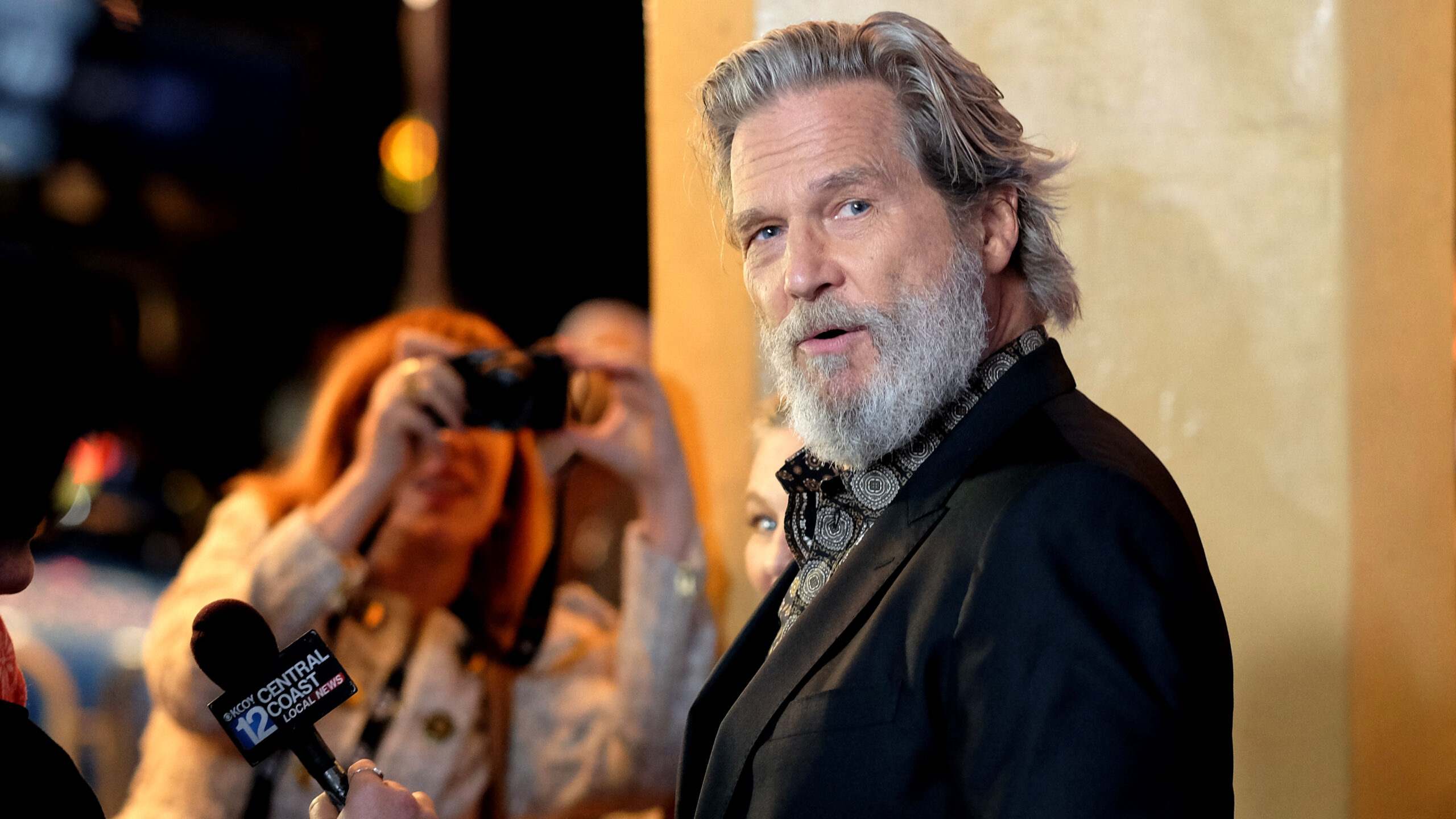Not enough: NATO’s response to Russian drone violations
Aggressive tactics have 'repeatedly infringed' on Romania, Poland, Lithuania



Russia’s ongoing war in Ukraine has exposed vulnerabilities in NATO’s air defense posture, particularly regarding the persistent incursions of Russian drones into the airspace of member states such as Romania, Poland, and Lithuania. Romania, in particular, has borne the brunt of these violations, given its 650-kilometer border with Ukraine and its close proximity to Ukrainian Danube River ports, which have been frequent targets of Russian strikes. Throughout the war, whether by accident or design, Russian missiles and attack drones have repeatedly infringed on NATO airspace, with some even impacting alliance territory.
The frequency of these incursions raises significant concerns about NATO’s readiness and response mechanisms in the face of such provocations. While NATO has consistently maintained that these incidents lack clear hostile intent, the reality remains that the integrity of its airspace has been repeatedly compromised. These violations test not only the technical defenses of member states but also the political and diplomatic resolve of the alliance.
The first incident was confirmed in September 2023. Despite initial denials, Romanian officials later acknowledged discovering debris from a Russian drone that had targeted infrastructure in Ukraine. Similar events followed in December 2023, March, July, and September 2024.
While the incidents initially involved drone debris from strikes targeting Ukrainian infrastructure near the border, they later evolved into more direct incursions into NATO airspace. In the most recent case, in October, Russian drones once again breached Romanian airspace. In response, Romania scrambled two of its F-16 fighter jets, along with two Spanish F-18s stationed in the country for air policing duties. Additionally, the Romanian Prime Minister noted that the MOD was considering the possibility of a “cyber challenge,” as pilots reported no visual contact with the drone.
Both Romanian and NATO officials stated that the Russian drones were not deliberately targeting Romania, asserting that the incursions were unintentional. The incursions have been labeled an escalation, prompting condemnation and calls for Russia to cease its actions. On one occasion, Romania summoned the Russian ambassador to Bucharest. Overall, it consistently pledged to consult with NATO. In response, NATO expressed solidarity and condemned the actions.
While diplomatic actions and condemnations are important tools in international relations, are they sufficient to deter Russia’s aggressive behavior? Have these measures led to any meaningful changes in Moscow’s actions, or have they had the opposite effect?
The frequency of airspace violations has steadily increased. These incursions appear to be a calculated effort to test NATO’s limits. Moscow may be assessing the alliance’s resolve by probing for inconsistencies between its statements and actions, while also evaluating the cohesion and communication among NATO members.
Alongside the collective approach, each country bears the responsibility to defend its own airspace. In 2015, Türkiye, a NATO member, shot down a Russian aircraft that violated its airspace, demonstrating a forceful response within the framework of NATO. In contrast, Romania faces challenges due to outdated legislation that hinders its ability to take immediate action against airspace violations. Despite the known risks, the necessary legal reforms to enable a more assertive defense response remain pending, leaving Romania vulnerable in the face of these repeated violations.
So far, these provocations appear to have fallen short of prompting NATO or its member states to take more decisive action. As long as Russia is not explicitly targeting NATO, there seems to be a tendency to turn a blind eye. While NATO’s characterization of the incidents as unintentional and non-threatening may seem pragmatic in the short term, this approach is fundamentally flawed and establishes a dangerous precedent. Does NATO need to wait for a loss of life before adopting a more assertive stance?
Russia’s ability to routinely breach NATO airspace without a strong reaction weakens the bloc’s deterrence and increases the chance that Russia will continue to provoke. Putin responds to power by retreating and to weakness with bullying. Ignoring drone intrusions poses a direct threat to the safety and security of NATO member states. Even if these drones do not carry weapons, they can be used for surveillance, intelligence gathering, and electronic warfare. This could compromise sensitive military and civilian infrastructure, putting lives and national security at risk.
The failure to address these provocations preemptively risks forcing NATO into a reactive stance under far more dire circumstances. To effectively tackle this escalating situation, NATO must adopt a more proactive and strategic approach. Proposals such as implementing an air defense shield on the eastern flank or establishing a buffer zone in Ukraine have gained traction as potential solutions.
Additionally, NATO should consider creating clear and standardized protocols for responding to airspace violations. These protocols could outline a defined set of actions to be taken when drones are detected within NATO airspace, including diplomatic protests, immediate interception of the drones, and public statements to clearly communicate NATO’s position. Such measures would not only demonstrate unity among member states but also reinforce NATO’s commitment to safeguarding its territory.
Adrian Gvinda has a master’s degree in security and diplomacy, currently working as an SME in a multinational company. I am deeply engaged in analyzing defense and foreign policy issues. You can view some of my recent articles published in Romanian here.
SUPPORT TRUTHFUL JOURNALISM. MAKE A DONATION TO THE NONPROFIT WND NEWS CENTER. THANK YOU!
What's Your Reaction?

































































































